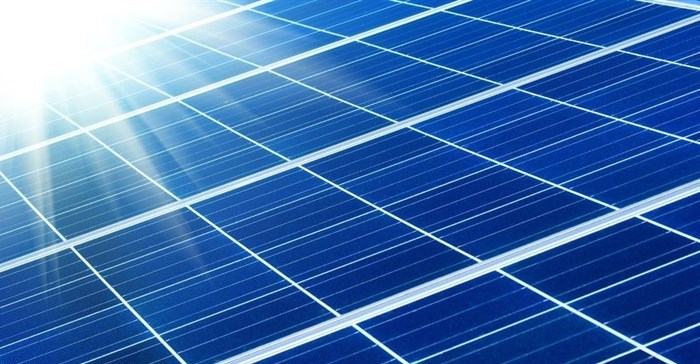Solar energy has come a long way in the past few years, rapidly becoming one of the cheapest forms of power around. And just when it looked like we'd reached the limit in solar technology, scientists have found that a commonly used material used in solar cells can recycle photons.
A study published in Science Advances shows that researchers have found a way to continue to tap into new levels of efficiency from hybrid lead halide perovskites.
The energy process
When light strikes the material, it turns into electrical energy, as with all solar cells, including the popular silicon-constructed cells. But when light hits perovskite and generates electricity, part of that electrical charge reforms itself back into photons, or light. New solar cells using this technology will be able to reuse those photons to create much greater amounts of energy from the same amount of light than can be harvested from the current class of solar cells.
Boosting efficiency
“It’s a massive demonstration of the quality of this material and opens the door to maximising the efficiency of solar cells. The fabrication methods that would be required to exploit this phenomenon are not complicated, and that should boost the efficiency of this technology significantly beyond what we have been able to achieve until now," Felix Deschler, one of the author’s told Second Nexus.
Even without recycling light, the latest class of solar cells using hybrid lead halide perovskites now offers a 25,5% power conversion efficiency rate. This is the highest rate among all the materials currently used in the solar industry. It’s also a significant jump from the 3,8% efficiency rate the material achieved when introduced in 2009.
Fewer panels and lower cost
Soon, researchers say, we’ll see that efficiency rate increase yet again, meaning that smaller or fewer solar panels will be needed to produce greater amounts of energy.
“Researchers at the Hong Kong Polytechnic University have developed a new solar product using hybrid lead halide perovskites that will be able to deliver electricity at the lowest cost on the market. Furthermore, the cells are small, thin and highly flexible, making them ideal for use in wearable technology and consumer electronics, as well as on the outside of buildings,” the article concludes.






























